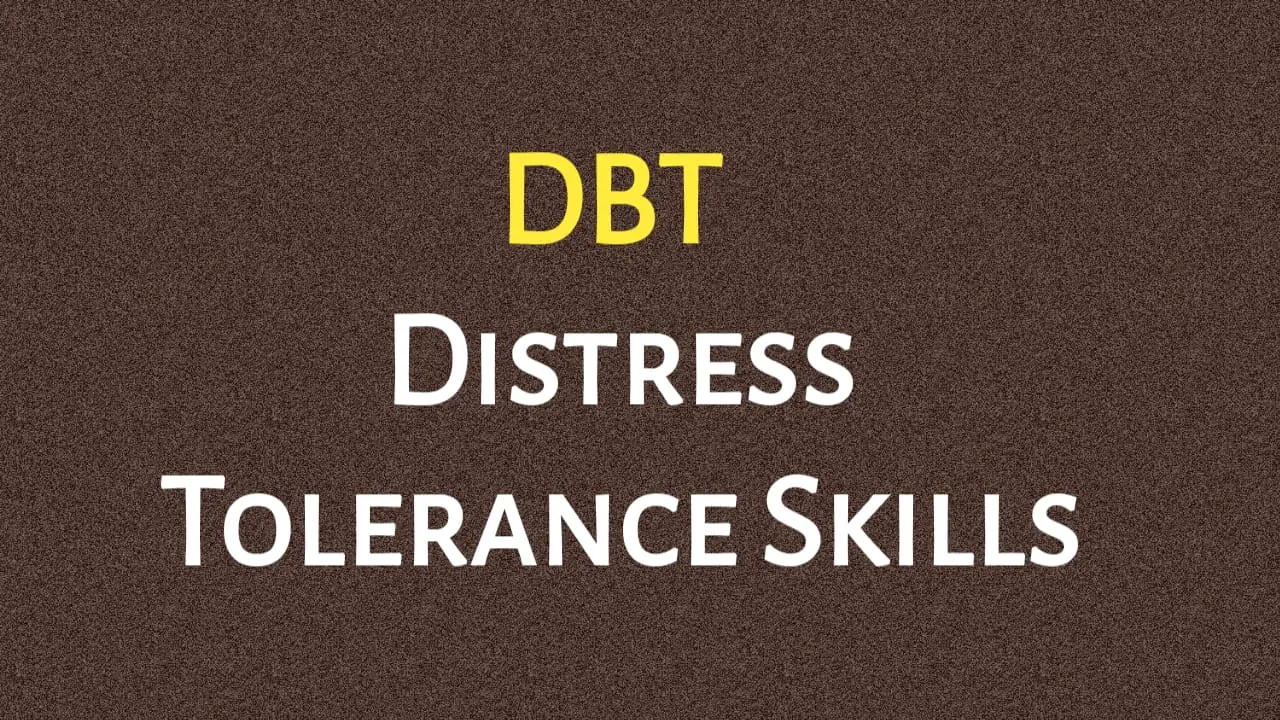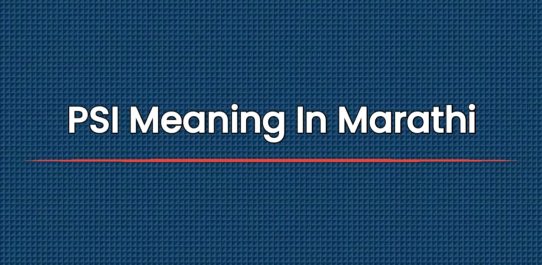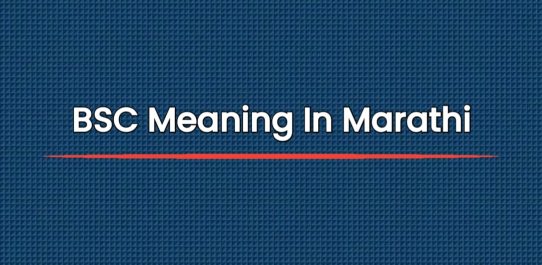DBT Distress Tolerance Skills PDF Free Download
In today’s fast-paced world, where stress and challenges seem to be an inevitable part of life, having effective coping mechanisms is crucial. One such approach gaining recognition is Dialectical Behavior Therapy (DBT), particularly its Distress Tolerance Skills. In this comprehensive guide, we will explore what DBT Distress Tolerance Skills are, why they are essential, and how you can incorporate them into your daily life.

Understanding DBT: A Brief Overview
Dialectical Behavior Therapy, abbreviated as DBT, was developed by psychologist Marsha M. Linehan. It combines cognitive-behavioral techniques with mindfulness principles to help individuals manage their emotions, improve interpersonal relationships, and enhance their overall quality of life. Distress Tolerance Skills are a fundamental component of DBT, designed to assist individuals in handling crises and overwhelming emotions constructively.
The Importance of Distress Tolerance Skills
Life can throw unexpected challenges our way, from personal setbacks to global crises. Without adequate distress tolerance skills, these difficult situations can lead to increased stress, anxiety, and even destructive behavior. Here’s why mastering these skills is crucial:
- Improved Emotional Regulation: Distress tolerance skills enable individuals to manage intense emotions without resorting to harmful coping mechanisms like substance abuse or self-harm.
- Enhanced Resilience: They empower individuals to bounce back from adversity, fostering resilience in the face of life’s trials.
- Better Decision-Making: When emotionally overwhelmed, our decision-making abilities often suffer. Distress tolerance skills help us make more rational choices, even under pressure.
- Stronger Relationships: Handling distress effectively can prevent emotional outbursts and conflicts, promoting healthier relationships with loved ones.
Building Your Distress Tolerance Toolkit
Now that we’ve established the importance of DBT Distress Tolerance Skills, let’s delve into the practical aspects of building your distress tolerance toolkit.
Mindfulness Meditation
Mindfulness meditation is a cornerstone of DBT. It teaches you to be present in the moment, observe your thoughts and feelings without judgment, and reduce emotional reactivity. Regular practice can significantly enhance your distress tolerance.
Self-Soothing Techniques
Self-soothing techniques involve finding activities that comfort and calm you. This can include taking a warm bath, listening to soothing music, or engaging in hobbies that bring you joy.
Grounding Exercises
Grounding exercises help you stay connected to the present moment. Techniques like the “5-4-3-2-1” exercise, where you identify five things you can see, four things you can touch, three things you can hear, two things you can smell, and one thing you can taste, can be remarkably effective in reducing distress.
Radical Acceptance
Radical acceptance is about acknowledging reality as it is, without judgment or resistance. It doesn’t mean you have to like a situation, but accepting it can reduce emotional suffering and allow you to focus on problem-solving.
Also Read This : PSLF Form
Implementing Distress Tolerance Skills in Daily Life
The true value of distress tolerance skills lies in their practical application. Here’s how you can incorporate them into your daily routine:
Daily Mindfulness Practice
Set aside time each day for mindfulness meditation. Even just a few minutes can make a significant difference in your ability to handle distressing situations.
Create a Self-Soothing Toolbox
Compile a list of self-soothing activities that work for you. Keep this list handy so that you can easily access it when needed.
Practice Grounding
Use grounding exercises when you feel overwhelmed or disconnected from reality. They can help you recenter and regain focus.
Embrace Radical Acceptance
When faced with challenging circumstances, remind yourself of the concept of radical acceptance. It can be a powerful tool for reducing resistance and emotional turmoil.
Conclusion
Incorporating DBT Distress Tolerance Skills into your life can be transformative. These skills provide you with the resilience and emotional strength needed to navigate life’s challenges effectively. By practicing mindfulness, self-soothing, grounding, and radical acceptance, you can build a robust distress tolerance toolkit that will serve you well in even the toughest times.
FAQs (Frequently Asked Questions)
Que: What is the difference between distress tolerance and avoidance?
Ans: Distress tolerance involves accepting and coping with difficult emotions, while avoidance seeks to escape or numb those emotions. DBT teaches distress tolerance to help individuals face and manage emotions constructively.
Que: Can distress tolerance skills be learned on your own, or do you need a therapist?
Ans: While working with a therapist trained in DBT is beneficial, you can learn distress tolerance skills on your own by using resources such as books, online courses, or mobile apps.
Que: Are distress tolerance skills only for individuals with mental health issues?
Ans: No, distress tolerance skills are valuable for everyone. They can enhance emotional resilience and improve overall well-being, regardless of whether you have a diagnosed mental health condition.
Click Here To Download For Free PDF





![बाल गंगाधर तिलक का जीवन परिचय हिंदी में [ संपूर्ण ]](https://www.hindihelpguru.com/wp-content/uploads/2019/07/बाल-गंगाधर-तिलक-का-जीवन-परिचय-हिंदी-में-संपूर्ण-.jpg)


